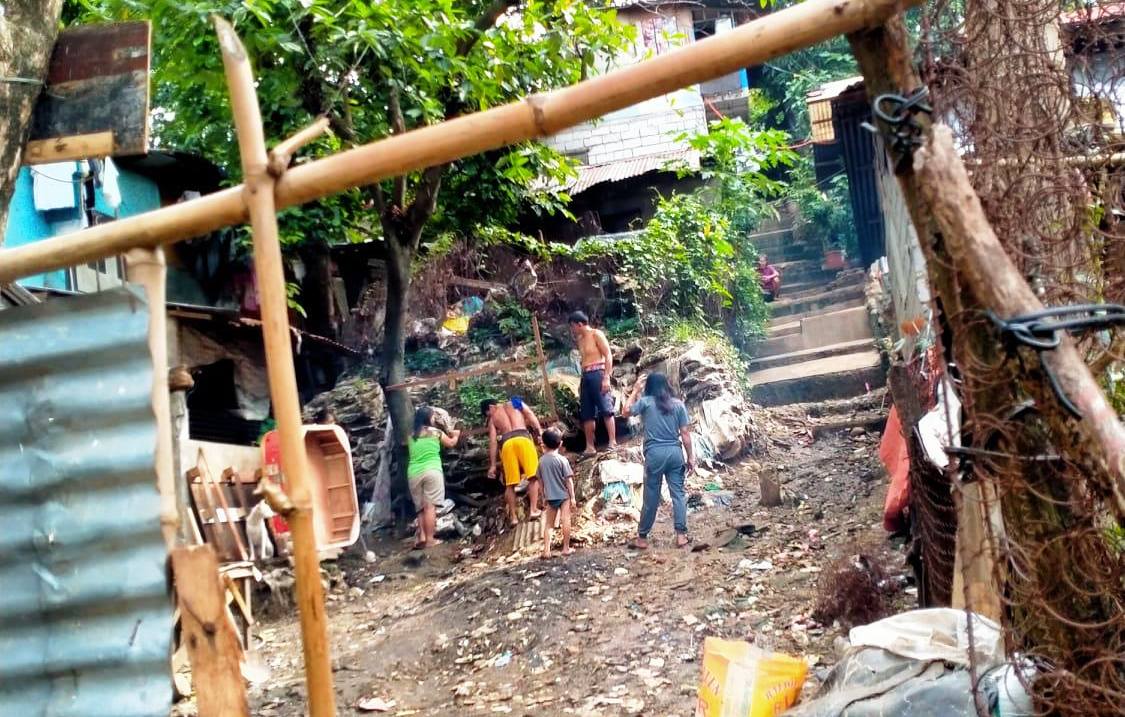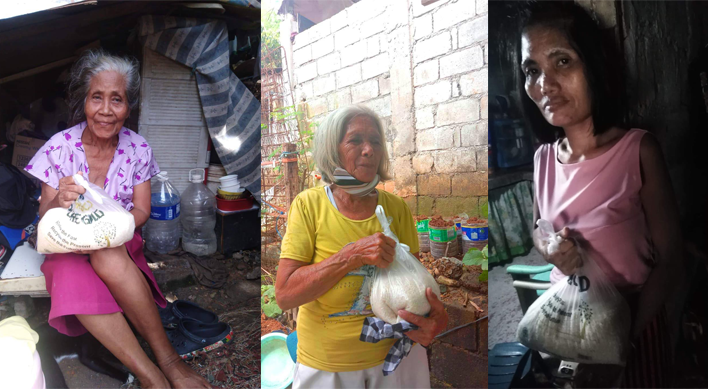CORPUS CHRISTI: FOOD FOR THE LIFE OF THE WORLD
Food was difficult in the past three months. People were hungry. Crowds were lining up for government aid until wee hours of the morning. Babies did not have milk. The sick had no access to medicine. Everyone feared for their lives.
All the more did Jesus words in today's Gospel became meaningful: “The bread that I will give is my flesh for the life of the world” (Jn. 6: 51).
The bread, the flesh, the body of Christ appeared in different forms in Payatas.

First, BECs start to go out for urban gardening – as families and communities. They have decided that dole-outs, even if they helped during the lockdown, are not sustainable. Food sustainability only happens when small communities gather to do something. With little land areas, people learn how to be creative. In the gospel today, Jesus presents himself as the bread that came down from heaven. But somewhere, he also asks the little boy to bring out his five loaves and two fish. Only through such divine and human collaboration can the “body of Christ” come alive in our midst.
Second, the “Body of Christ" metaphor also refers to the community gathered in worship and witnessing to the world. The Church is the body of Christ, says Vatican II.
Church buildings are closed today. Masses are just online. The bread that Jesus offers is not available for all. People are missing these liturgical encounters. Yet the body of Christ also appears in a people struggling together to survive.
After months of being locked down, they began to tell stories again while tilling the land. Even behind masks, you can see them smile and laugh again. They begin to dream for better times. "When this is all over"... that is how they begin or end a sentence. A new hope is truly felt as they see the seeds sprout and new buds come forth. The "Church as body" celebrates again – not in very “religious” and liturgical ways it is used to – but in enfleshed human persons helping each other to survive. "For my flesh is real food and my blood is real drink," he says.
Third, the “body of Christ” is a people who has a special heart for the weak. It does not exist for itself. It is broken and shared so that other bodies may live. Even if able bodies can begin to work in the gardens, and contribute in the “rice for work” program, the women leaders still continue to look for those bodies who have no power to work – the sick, the old, the PWDs, the most vulnerable among us. The same kilos of rice and milk are brought each week to their doorstep.
The Church did not actually close during the pandemic. It was always open to serve. It did not wait for the poor to come for people were sanctioned to stay at home. No, it went out to seek the hungry and fed them; to listen to the lonely and gave them comfort; to search for the victims of violence and fought alongside them.
The pandemic denies us the usual wafer at communion. But the Body of Christ comes alive in real ways we have most often forgotten.
The “Real Presence” is not just in that host inside the monstrance held by the priest in procession; or in that closed tabernacle at the altar with candle kept burning at the side to signify his presence.
No, the Body of Christ is also truly present in the struggling community, the “ekklesia”, which hears and believes him when he says: "I am the living bread... the bread that I will give is my flesh for the life of the world."
Happy Corpus Christi Sunday!
Daniel Franklin E. Pilario, C.M.
St Vincent SchoolofTheology
Adamson University
[danielfranklinpilario@yahoo.com]
06.14.2020



